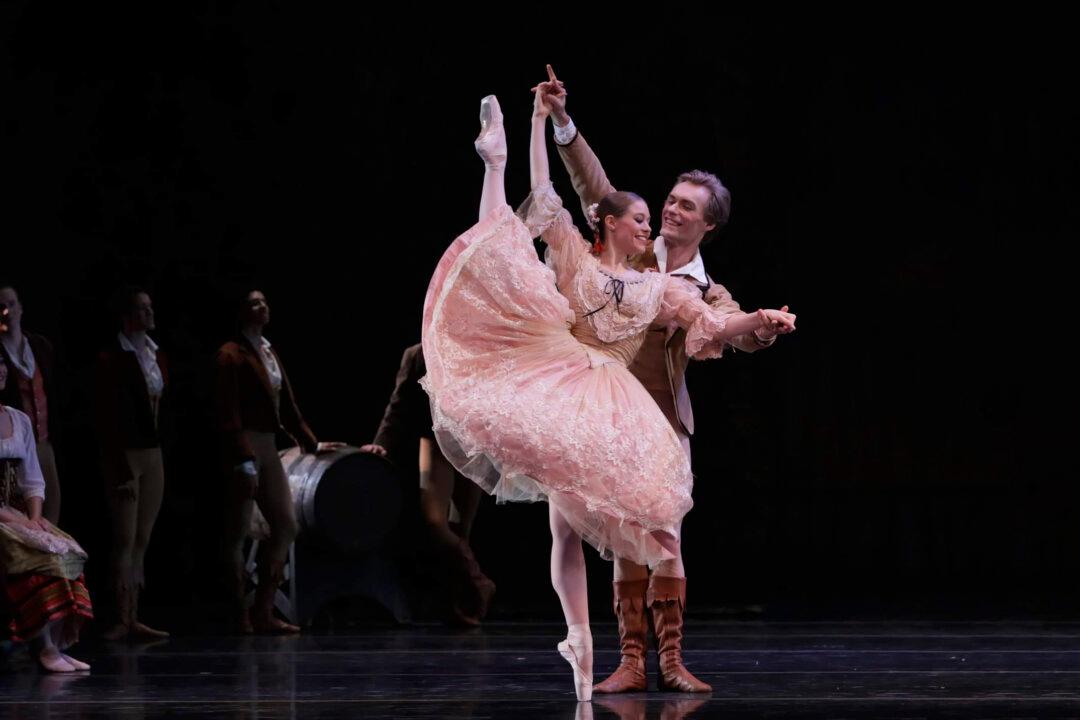Paige Nyman started ballet when she was three years old. She loved it from the very beginning. “We have videos of me, a militant four year old, marching around in a tutu having the time of my life,” she said, laughing.
Now, Ms. Nyman has been with the Texas Ballet Theater for 15 years, and started performing principal roles in 2018 for “Cinderella.” She loves working for the company because of its strong sense of community. “The world of ballet has the potential to be a divisive environment—there’s pressure, pain, and sweat. But we encourage each other, and we are excited when other people receive opportunities,” she said. She also loves the dramatic artistry of the ballets directed by Ben Stevenson: “He’s an amazing storyteller and his ballets are some of the best I’ve ever seen.”





